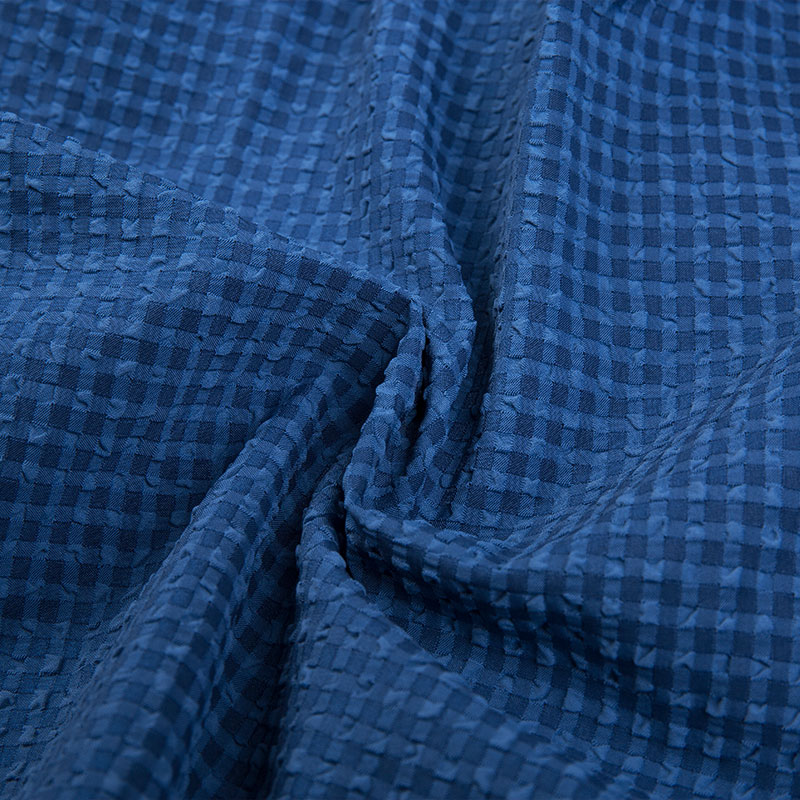Polyester has long been a favorite material for outdoor windbreakers, valued for its durability, lightweight nature, and resistance to wind and water. However, in the world of outdoor clothing, performance expectations are continually rising, particularly when it comes to thermal regulation. In response, textile technology has been making remarkable strides in enhancing the thermal regulation capabilities of polyester windbreaker fabrics, transforming these garments into even more versatile and efficient gear for varying climates.
One of the most exciting advancements in this area is the development of polyester fabrics that incorporate phase change materials (PCMs). Originally used in high-tech industries, PCMs have now found their way into outdoor apparel, bringing the ability to store and release heat as needed. These materials absorb heat when temperatures rise and release it when it gets colder, creating a dynamic microclimate for the wearer. Windbreakers with PCM-infused polyester can respond to changing environmental conditions, helping to keep the body at a more consistent temperature during outdoor activities. Whether you’re hiking in the mountains where temperatures fluctuate or braving chilly winds on the open plains, this technology allows the windbreaker to provide comfort in a wider range of conditions.

Another key advancement in thermal regulation for polyester windbreakers is the integration of moisture-wicking technology. Traditional polyester already dries quickly and doesn’t hold onto moisture for long, but newer fabric technologies have taken this a step further by enhancing the fabric’s ability to draw sweat away from the body. This improved moisture management not only keeps the wearer dry but also plays a critical role in maintaining body temperature. Sweat buildup can lead to a rapid drop in body temperature when the wind picks up, so fabrics that actively wick moisture away prevent this uncomfortable and potentially dangerous cooling effect. By keeping the body dry, these advanced polyester windbreakers help maintain warmth even during intense physical activity.
In addition to phase change materials and moisture-wicking improvements, the structural design of polyester outdoor windbreaker fabric has also evolved to boost thermal regulation. Microfiber technology, for example, has allowed manufacturers to create polyester fabrics that are softer, more breathable, and better at trapping heat without adding bulk. The finer fibers increase surface area, which aids in moisture evaporation and air circulation while still retaining warmth close to the body. This means that polyester windbreakers can now offer thermal insulation properties that are comparable to heavier fabrics, all while remaining lightweight and packable—key qualities for outdoor adventurers looking to maximize efficiency and mobility.
Advances in fabric coatings have also played a role in improving the thermal performance of polyester windbreakers. Many modern polyester fabrics are treated with specialized coatings that enhance their ability to block wind while maintaining breathability. These coatings add an extra layer of protection against cold winds without sacrificing airflow, preventing overheating during activity. Combined with the fabric's natural wind resistance, these treatments make polyester windbreakers more effective at shielding the wearer from the elements while allowing for enough ventilation to avoid the stifling feeling that can come from completely windproof materials.
Sustainability has also become a driving factor in the evolution of polyester windbreaker fabrics. Many brands are now utilizing recycled polyester or blending traditional polyester with natural fibers like merino wool, which is renowned for its thermal regulation properties. By combining the durability and moisture-wicking abilities of polyester with wool’s natural insulation and breathability, manufacturers are creating hybrid fabrics that offer enhanced thermal performance while reducing the environmental impact of their products. These hybrid windbreakers provide the best of both worlds—polyester’s technical advantages and wool’s unmatched comfort and warmth.

 English
English Español
Español Deutsch
Deutsch Français
Français












